Scientists have made a groundbreaking discovery in space when they discovered a black hole that is 33 times larger than our Sun.
Surprisingly, the black hole is super close to Earth and identified within our own Milky Way galaxy.
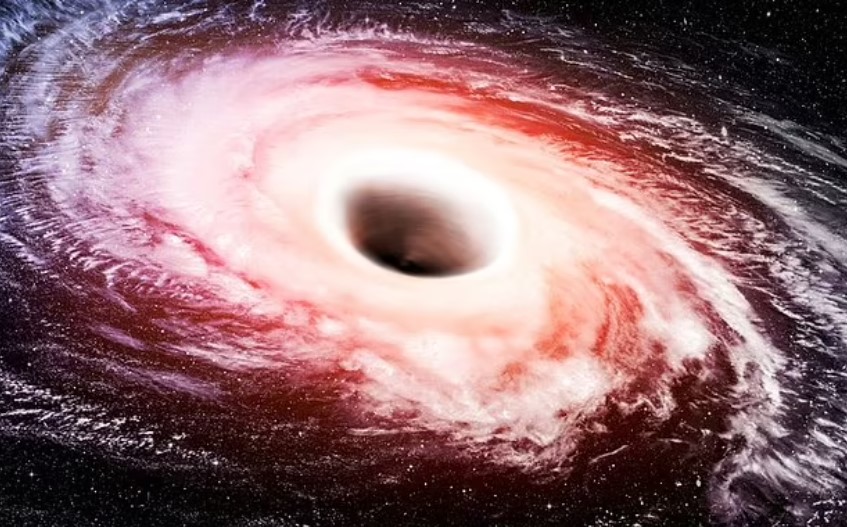
A black hole 33 times larger than the Sun discovered 'super close' to Earth
A colossal black hole, known as Gaia BH3, has been found lurking in the depths of our very own Milky Way galaxy
Gaia BH3 is located approximately 2,000 light-years away from our planet, making it one of the closest known black holes to Earth.
It is roughly 11 quadrillion miles away.
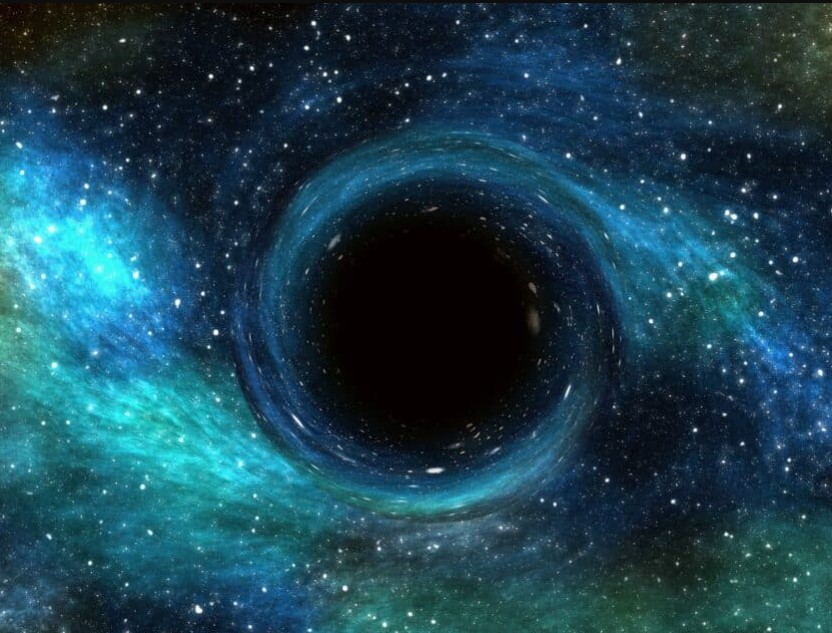
Despite its relatively close distance, there is no need for alarm, as renowned astronomer Dr Pasquale Panuzzo from the Paris Observatory reassures us that there is no reason to be scared.
Black holes are famous for their ability to consume everything in their path, including light. These black holes have a very strong force that pulls things towards them because of their enormous size.
They can swallow up nearby things like dust, gas, and even other black holes.
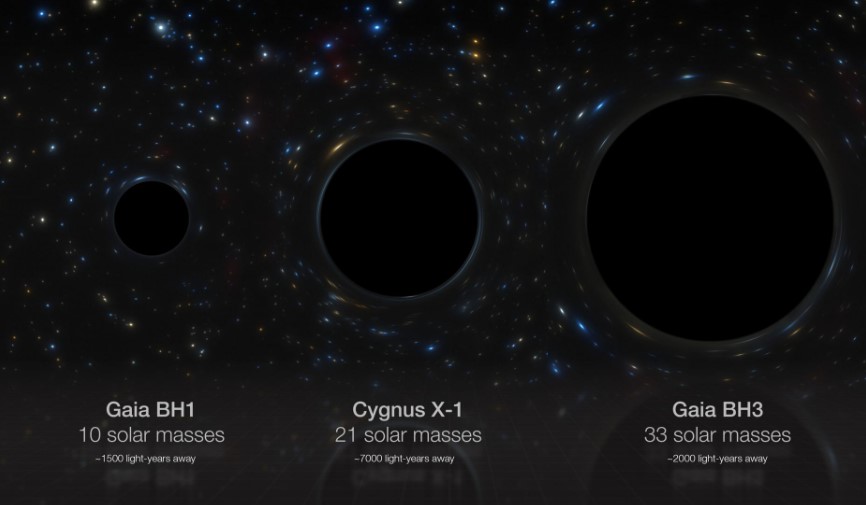
Gaia BH3, with its huge mass, is about 33 times heavier than our Sun. This makes it one of the biggest black holes in our galaxy.
Remarkably, this black hole does not exist in isolation. It forms part of a binary system, accompanied by a star.
The star orbits Gaia BH3, resulting in a peculiar wobbling motion within its orbit. The Gaia space telescope, operated by the European Space Agency, has observed and measured this phenomenon over several years.
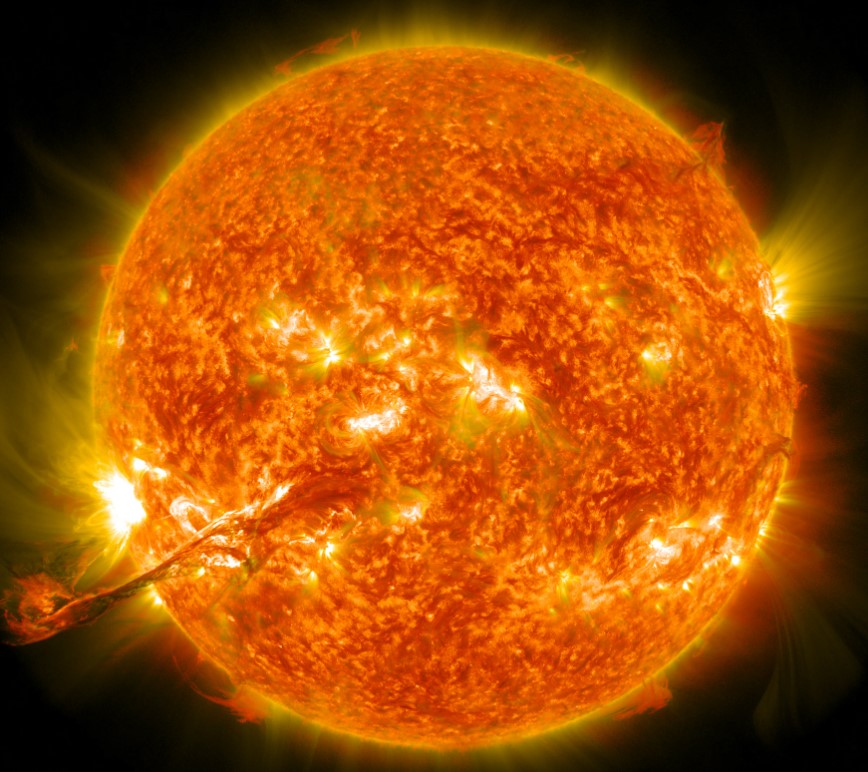
Other telescopes, like the Very Large Telescope in Chile, have provided more information to support the calculation of Gaia BH3's mass.
Even though it is classified as a "stellar black hole" because it has less mass compared to other types, it still holds the title of the second-largest black hole in our Milky Way galaxy.
Scientists are curious about how this binary system formed, especially with a star orbiting a black hole.
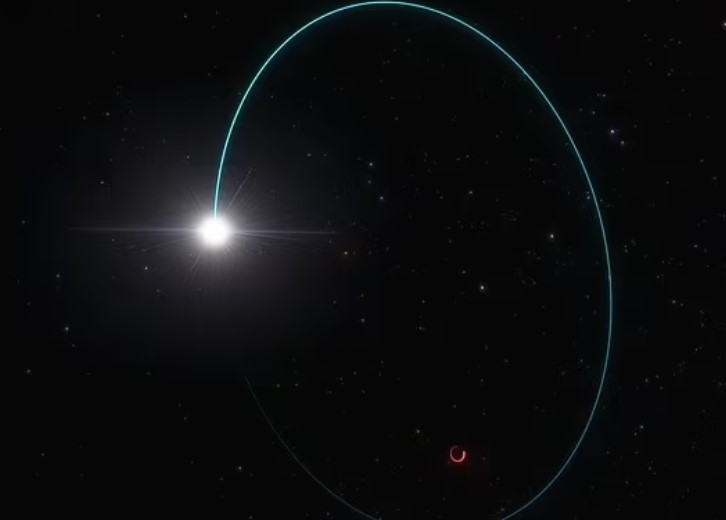
Dr. Panuzzo and his colleagues have put forward two possible explanations.
One idea is that the system originally had a big star that collapsed to become the black hole, along with a smaller star that we see now.
The other possibility is that the black hole captured the smaller star after it formed.
Both explanations make sense, but the current evidence suggests that the second scenario is more likely.
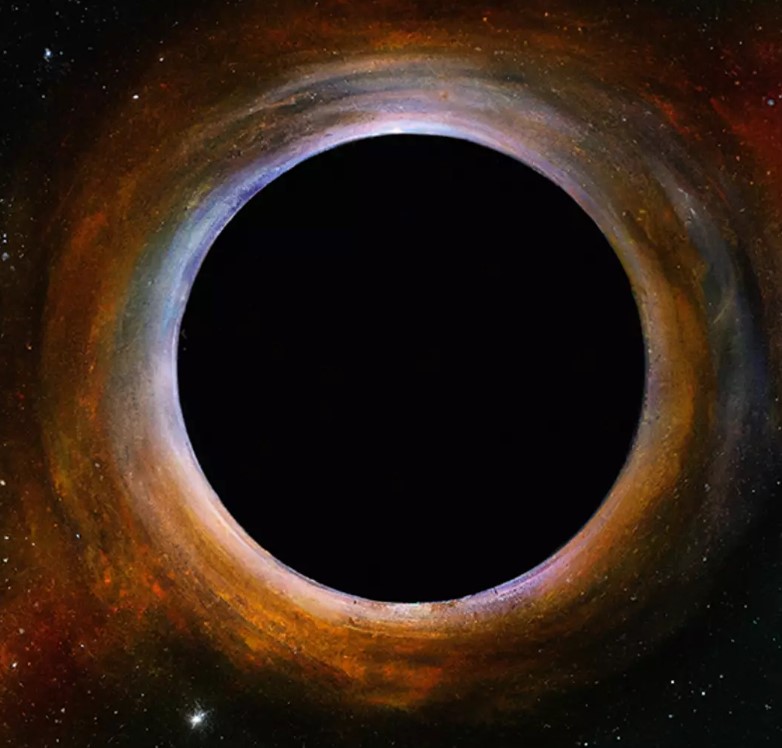
At the beginning of this year, a group of scientists discovered an incredibly bright and voracious black hole.
It goes by the name J0529-4351 and is the brightest one observed so far.
This black hole has a mass approximately 17 billion times larger than our Sun. What's even more astonishing is that it devours an entire star every day.
Black holes have an incredibly strong gravitational force, which allows them to grow in size by pulling in nearby objects such as stars, planets, and even other black holes.
This continuous consumption of material contributes to their increasing mass.
J0529-4351 stands out not only for its enormous size but also for its appetite, making it one of the most active black holes ever discovered.






